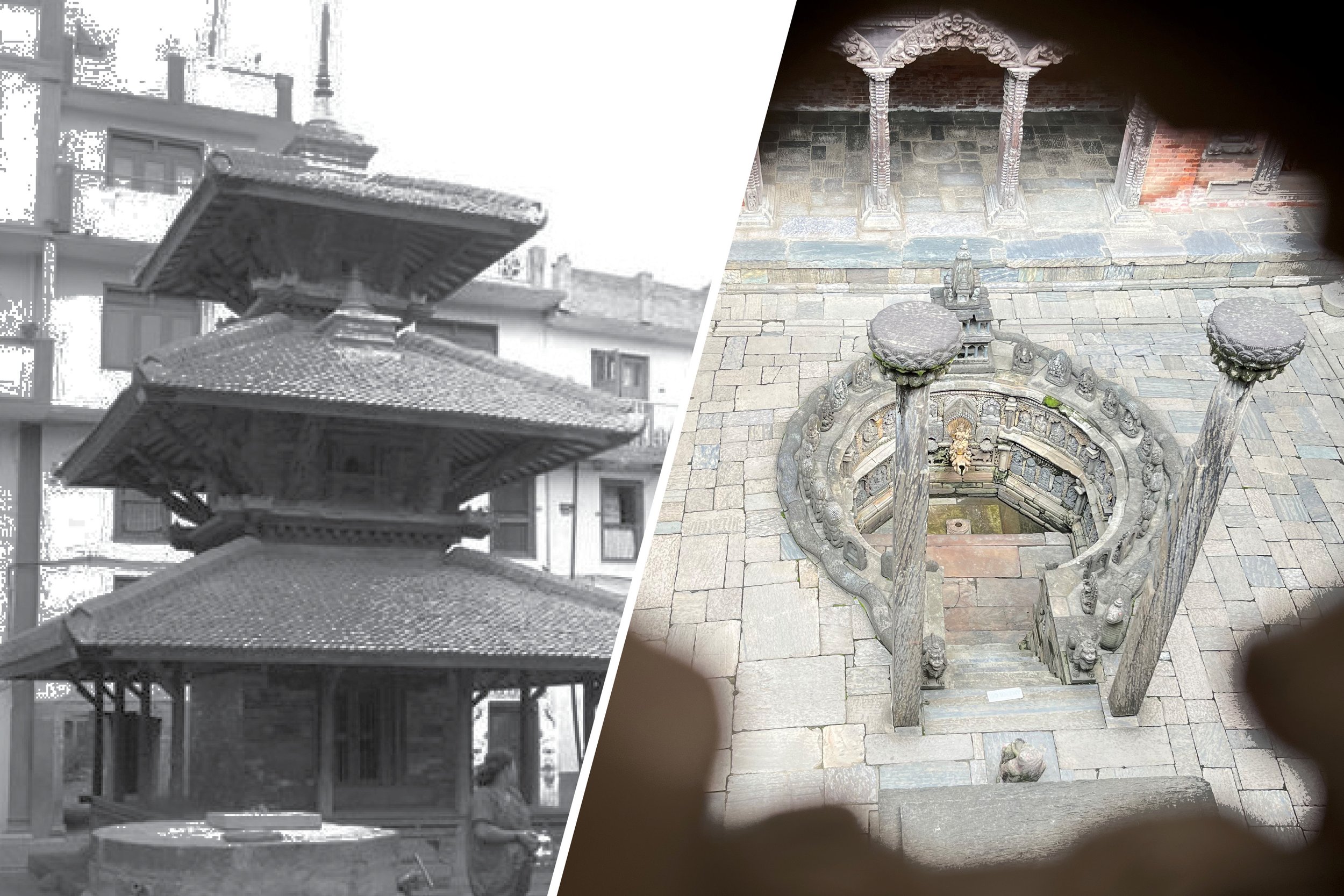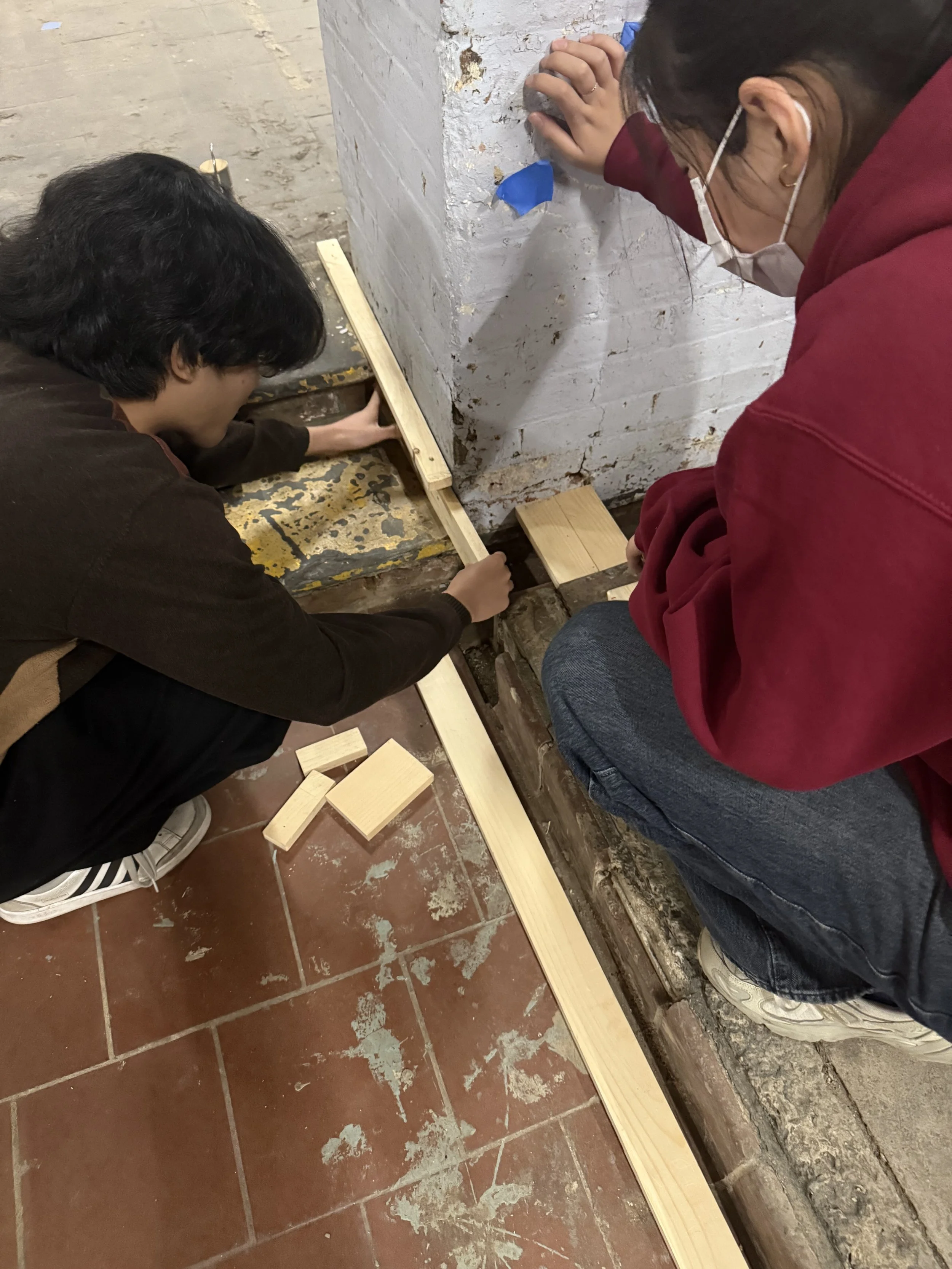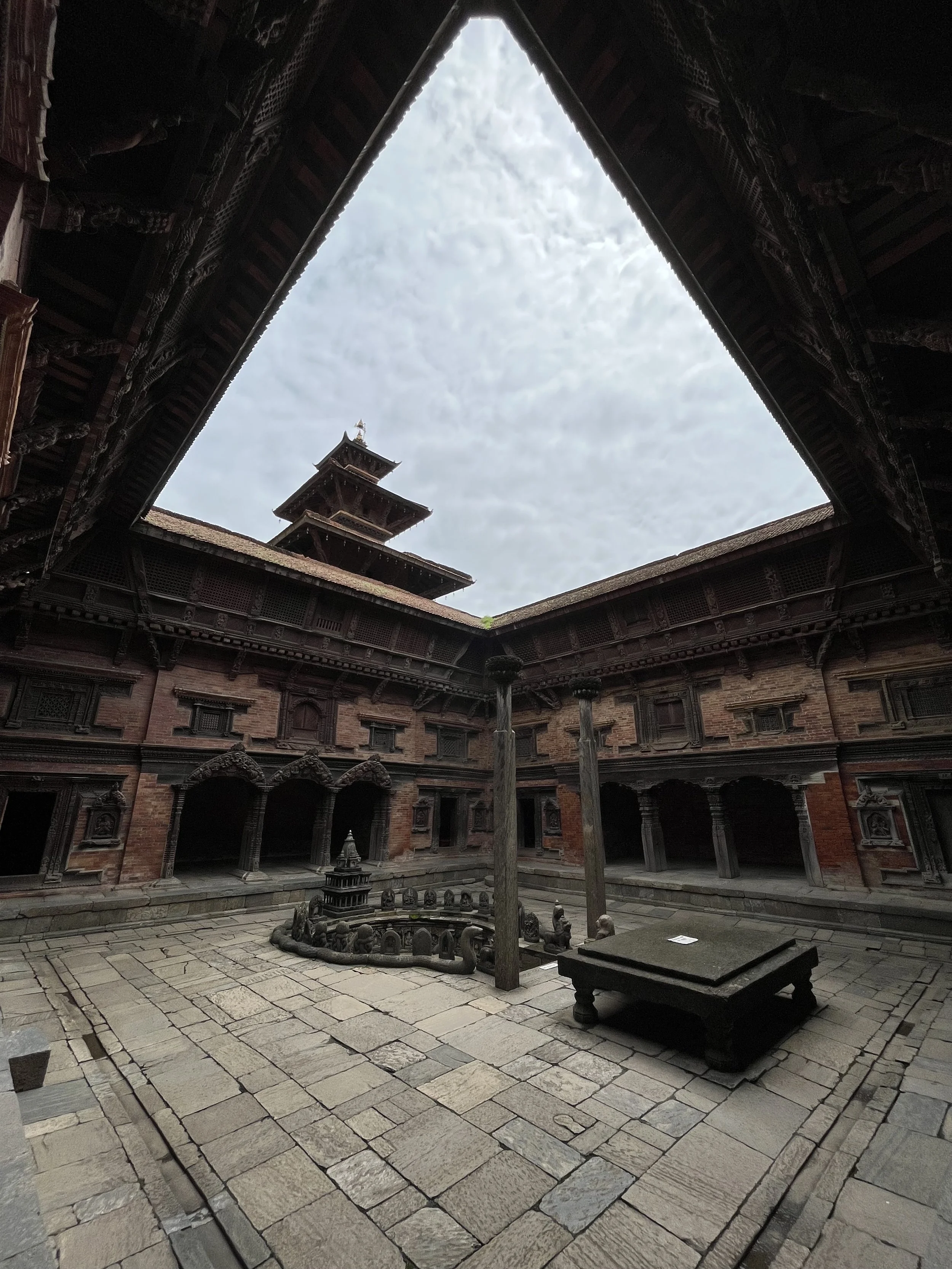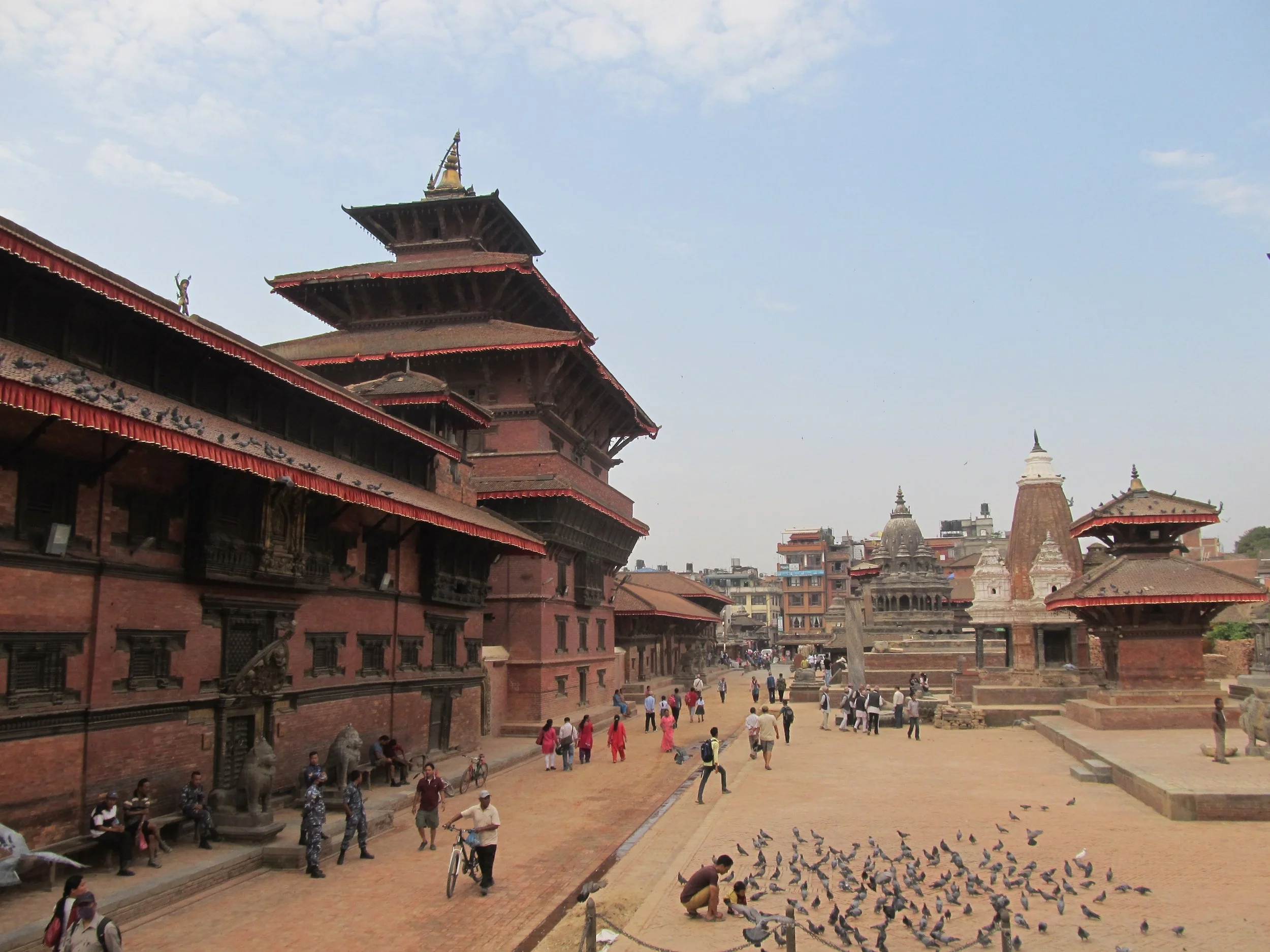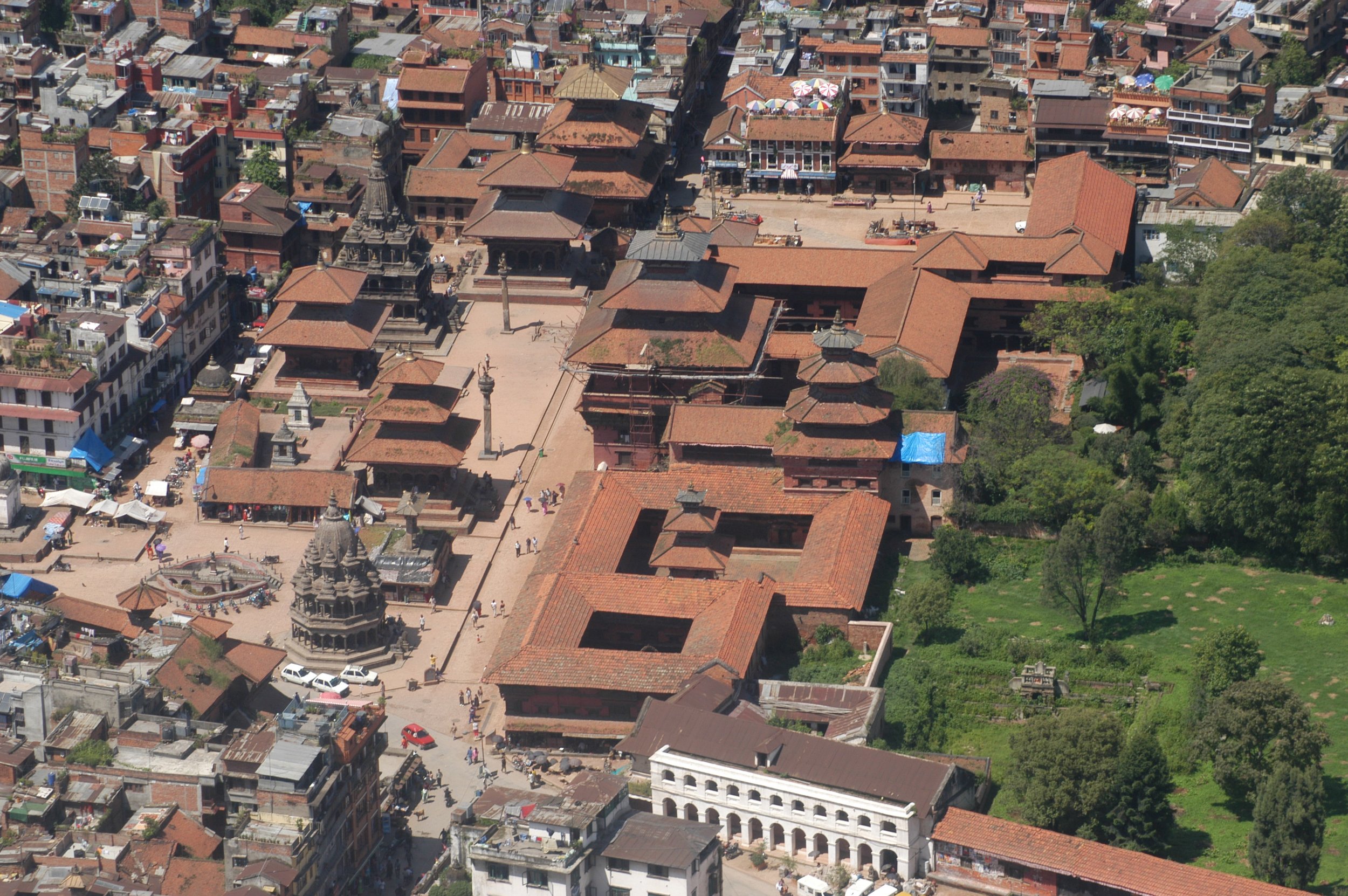Preservation and the Patan Royal Complex
Miron Ranjitkar—July 22, 2025
I grew up in Patan, Nepal, just steps away from one of the most beautiful historic squares in the world. In Patan’s rich urban fabric with monasteries and temples springing up every few steps, every street had a story to tell. Tagging along with my father—who is an architect—to his workplace, I naturally developed an interest in historic buildings and monuments. Though I did not choose to pursue the path of an architect until later in my college career, I was always captivated by the beauty of traditional styles of architecture from across the globe—whether it was the bony exoskeletons of Gothic churches or the graceful eaves of Joseon Palaces.
I went into college ready to explore my different interests. I kept myself open to the myriad of paths I could walk down, and during a college orientation week I came across a department with an unusually long name: the “Growth and Structure of Cities.” The major maintained a focus largely on urban planning but explored different aspects of what makes up a city: architecture, anthropology, economics, policy, etc. Through this major I not only got the chance to learn about architecture, but also all the dimensions that give a city its character and what the city really means to us as a civilization.
In my summer breaks I went back home to Nepal and worked at the Patan Museum, an institution dedicated to showcasing the sacred arts of Nepal. The museum is situated in the Patan Royal Palace Complex dating back to the 16th century which still acts as a site for many yearly celebrations, of both Buddhist and Hindu traditions, as it has for centuries. What sets the monuments I encountered in Nepal apart from those of other places are that they are living sites—the architectural heritage is tied to the living cultural heritage of the Valley.
At the Patan Museum, I was able to spend a lot of time both researching various ancient art forms and interacting with the architecture of the palace. Since construction always seemed to be proceeding on-site, I often went with the preservation team to take a look at the building practices and the bones of these structures that have stood in place for centuries. Being able to talk to locals—especially the craftsmen that had dedicated themselves to preserving these sacred arts—I began to understand the personal connections that these monuments have to the life of the city. Oftentimes these preservation attempts were a battle against the forces of commercialization and modern development.
Architecture has perhaps remained the grandest gesture of human expression but at its core stems from the basic need for shelter. In a world with infinite possibilities and no fundamentally “right” approach to building, it is fascinating to see the way our built environment converses with one another and the natural world. The way we have drawn from nature and abstracted and reimagined our built environment tells a story of our people. Though I have an appreciation of architecture from all over the world, no practice of architecture speaks to me the way architecture from my hometown does. These monuments that I grew up around are living—still actively playing a key role in the lives of the people. I see preservation as a way to honor these stories by protecting this place and its craft and memories.
This summer at ADP Architects I hope to carry forward my interest in pursuing architecture. I am eager to learn in-depth about how the process of preservation is carried out from drawing to site. Leaving behind the familiarity of my hometown to understand the different encounters architecture has with a new city and the people of New York, I hope to hear the stories that built this city. Through witnessing the perspective of a historic architecture firm, I am learning what it means to keep the past alive.
Miron Ranjitkar is an architectural design intern at ADP Architects. Photography is courtesy of ADP Architects, Miron Ranjitkar and the Kathmandu Valley Preservation Trust.

